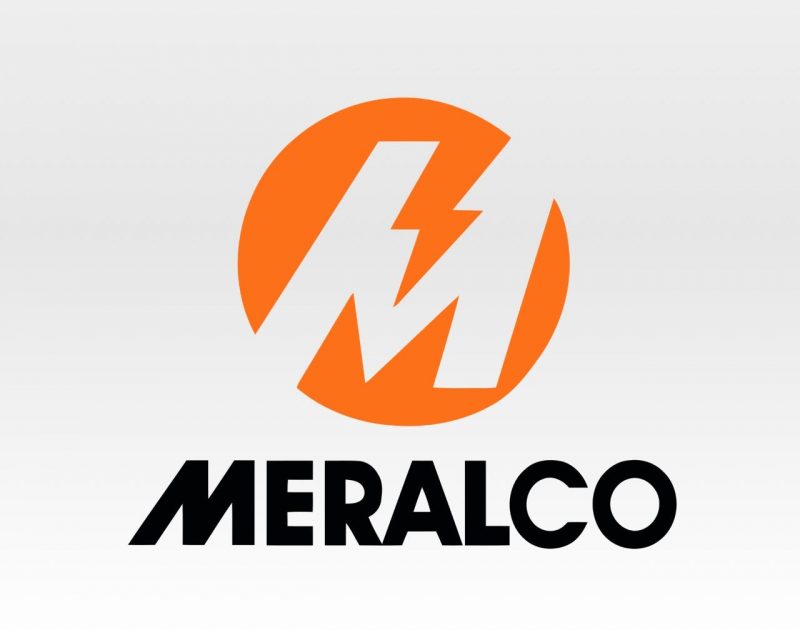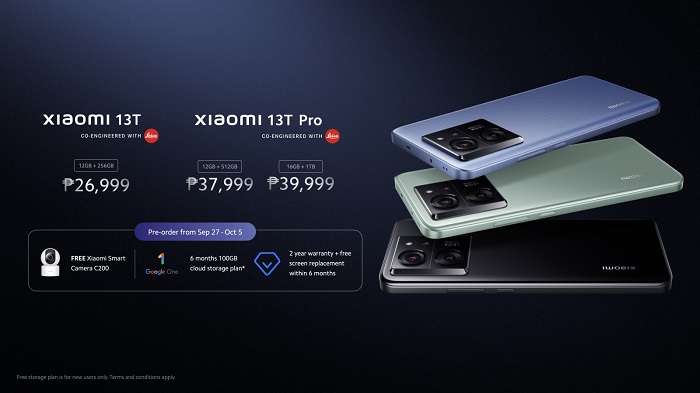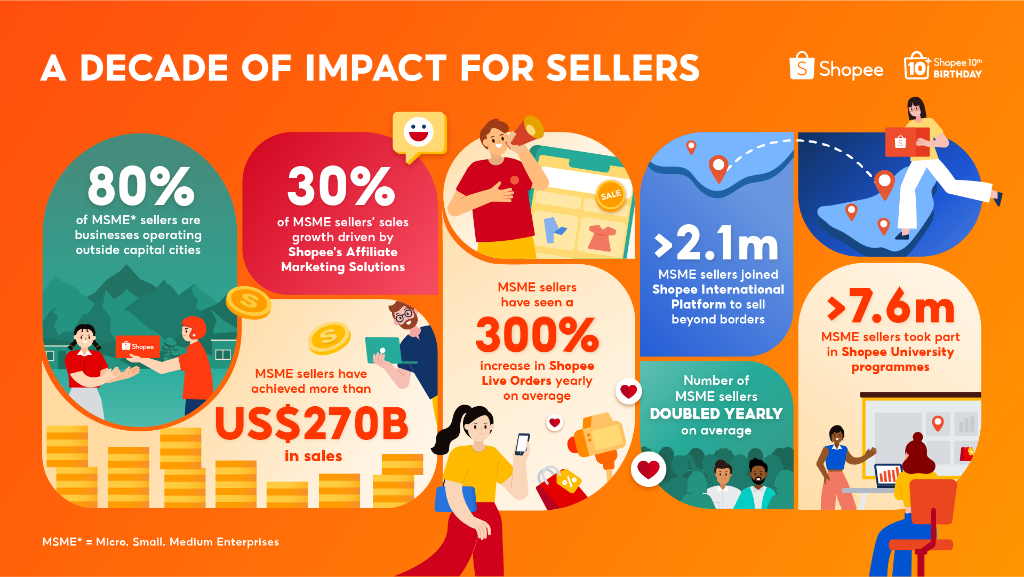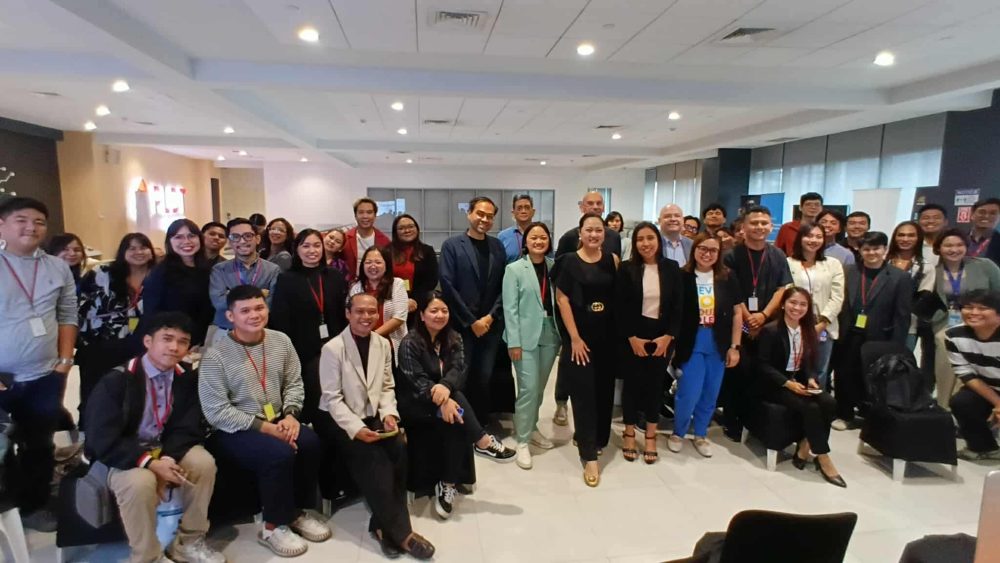PH economy is recovering but additional steps needed to maintain it, says experts
Significant economic improvements in the Philippines that have been felt in 2022 state that among the major economies in the region that released their real GDP growth, the Philippine economy posted the second fastest growth after India but faster than Indonesia, Malaysia, Vietnam, and China.

To sustain recovery, specific measures to mitigate the lingering challenges include the pursuit of more sustainable energy solutions, such as the transition to green energy, the use of Electric Vehicles (EVs) to support decarbonization, and the push for green-certified spaces, have been linked to the country’s continued acceleration towards growth.
These were the points raised during the Power Up Live Webinar hosted by Meralco. Headlined as the Philippine Energy and Economy Update, the webinar provided richer insights to the Filipino public about ASEAN and local perspectives on energy and the economy and their impact on the commercial and industrial sectors.
Recovery is underway
The National Economic and Development Authority (NEDA), one of the webinar’s key presenters, reported that the country’s gross domestic product (GDP) expanded by 7.8 percent in the first semester of 2022 despite the uptick of COVID-19 cases due to the Omicron variant.
The growth was driven mainly by domestic demand on the expenditure side, and the tourism industry and services on the supply side.
This movement was further buoyed by Filipino consumers’ increased willingness to spend and travel due to the high vaccination rates and the easing of mobility restrictions; hopeful that these will drastically improve given the influx of travel over the holidays.
However, some sectors remained below pre-pandemic levels, particularly the transport, hospitality, mining, and manufacturing industries.
These statistics underscore the need for particular policy inventions geared towards generating productive employment that provides adequate income for Filipinos and their families.
Still, with these indicators, it was mentioned in the webinar that recovery is underway with robust domestic demand, which is expected to sustain the country’s growth momentum as the economy fully reopens. The country’s GDP is expected to grow by 6.5 to 8 percent by 2028.
It was established that the government has an 8-point economic plan to follow through with its economic targets. This plan includes creating programs and legislation to, among others, protect the purchasing power of families and create more jobs.
Also highlighted is the need to transition to clean and renewable energy, to improve energy security and lower energy costs in the country.
The transition to green energy is an important step to move forward, said Dr. Prinyantha Wijayatunga, Chief of the Energy Sector Group, Asian Development Bank (ADB). In his presentation entitled “ADB’s New Energy Policy: Implications in Developing Asia,” Wijayatunga said the energy sector is a cross-sectoral industry that affects many aspects of a country – particularly the economy.
“The energy sector should not be taken as a single sector to proceed with development. We must consider the energy sector part of an overall cross-sectoral intervention. If you take any project, it’s cross-sectoral, not just a single energy project,” he said.
The shift to sustainability
With roughly 350 million people across the globe, still without adequate energy supply, and 250 million with no electricity access, Wijayatunga said many countries see the power industry as a sector with profound opportunities. This is particularly true in the ASEAN region, as the International Energy Agency believes electricity demand in the area will double by the year 2040. Hence, many countries are switching or transitioning to low-carbon energy sources not only to meet the demand but also to minimize the effects of climate change.
ADB sees the way forward as focusing on decarbonization – reducing carbon dioxide using low-carbon or clean and renewable energy sources, decreasing energy intensity, digitalization, and decentralization. A shift away from traditional areas of investment and towards these four aspects can, Wijayatunga explained, help increase the country’s GDP by lowering energy costs, among others.
Other industries in the Philippines are ready to embrace sustainable energy. According to Maria Fe Perez-Agudo, President of the Association of Vehicle Importers and Distributors, the use of Electric Vehicles (EVs) to support decarbonization is viable in the country, especially with the enactment of the Electric Vehicle Industry Development Act (EVIDA). But this can only work if stakeholders work together to build the right ecosystem.
She noted that global EV sales reached a record high of 6.9 million in 2021. But sales are still emerging in countries such as the Philippines because the mass market has yet to afford the available models. “This is what the EVIDA will be developing,” Perez-Agudo said.
Meanwhile, the real estate industry was among the first to utilize sustainable energy, said Jose Carmelo Porciuncula, Executive Director for Investor Services of KMC Savills, thanks to the Philippine Green Building Code of 2016. With the Green Building Code, local real estate companies and conglomerates have been pushing for green-certified spaces for their buildings to promote sustainability while minimizing the adverse effects of buildings on health and the environment.
With the perspectives of the experts and leaders in the Power Up Live webinar, Meralco, who serves 7.5M customers in Luzon and accountable for 60% of GDP, hopes to empower and support the Philippine economy further in its upwards journey toward growth.
“We know that for the economy to prosper, we need a reliable and sufficient supply of energy. We have been investing heavily in our electric distribution network, and we stand ready to provide the kind of electric service needed by our local companies, partners, and customers to compete in the global market,” said Joebet Isaac Del Rosario, Meralco’s Lead Specialist for Forecasting, Utility Economics.
For more information regarding Meralco, the Power Up Live Webinar series, or the company’s suite of services, please visit https://corporatepartners.meralco.com.ph/products-services-and-programs/power-forums.

















